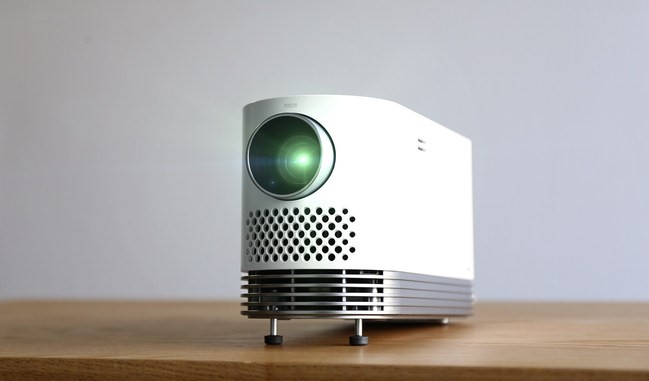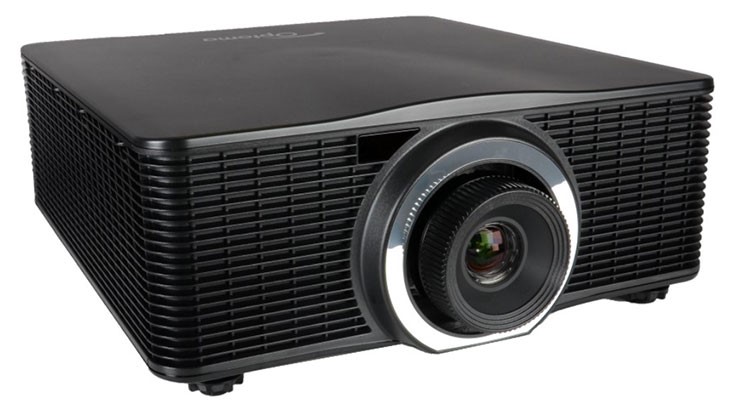Optoma Introduces New 4K Home Theater and Professional Projectors

LG Introduces Compact Home Cinema Laser Projector
June 6, 2017
Christie Adds to its GS Series with New Laser Phosphor Models
July 21, 2017Optoma Introduces New 4K Home Theater and Professional Projectors


Optoma has introduced two new 4K, HDR-enabled Home Theater projectors. The newly announced UHD60 and UHD65 4K projectors deliver 3840×2160 resolution and 8.3 million pixels, along HDR10 compatibility and Rec.2020 wide color gamut and DCI-P3 capabilities. Standard features for both projectors include vertical lens shift and 1.6x zoom. The UHD60 and UHD65 also provide two HDMI inputs—including one standard HDMI input, and one with HDCP 2.2 compatibility.
The Optoma UHD60 will have an MSRP of $1,999. It offers up to 3,000 lumens of brightness and a contrast ratio of 1,000,000:1 with the ability to enable a dynamic black feature. The Optoma UHD60 comes with a white chassis and will be sold through Optoma’s traditional retail channels.
The UHD65 will have an MSRP of $2,499. It offers up to 2,200 lumens of brightness and a contrast ratio of 1,200,000:1 with the ability to enable a dynamic black feature. The Optoma UHD65 comes with a black chassis and is targeted for the custom installation channel.
At InfoComm, Optoma also introduced two new 4K UHD resolution projectors – the laser phosphor UHZ65, which will have an MSRP of $4,999. In addition, the company unveiled availability and pricing for its 4K500 lamp-based 4K UHD projector which will have an MSRP of $6,999.
The UHZ65 offers 2,800 lumens, a 1,500,000:1 contrast ratio, compatibility with HDR10 and the color gamut (REC.2020). It also has vertical lens shift and a 1.6x optical zoom. HDMI 2.0 and HDCP 2.2 inputs allow for uncompressed 4K sources up to 18Gbps to be connected.
The Optoma 4K500 4K UHD projector is also 4K UHD resolution and offers 5,000 lumens, and a 1,200,000:1 contrast ratio with Dynamic Black capabilities. It also comes standard with horizontal and vertical lens shift, motorized zoom and focus, keystone correction and a 2.0x zoom ratio. It is also has a variety of inputs, including HDMI 2.0.
Industry analyst firm PMA Research has tracked tremendous growth in the 4K UHD projector segment between 2016 and 2017, and estimates shipments for these products to reach 1 million units by 2021.